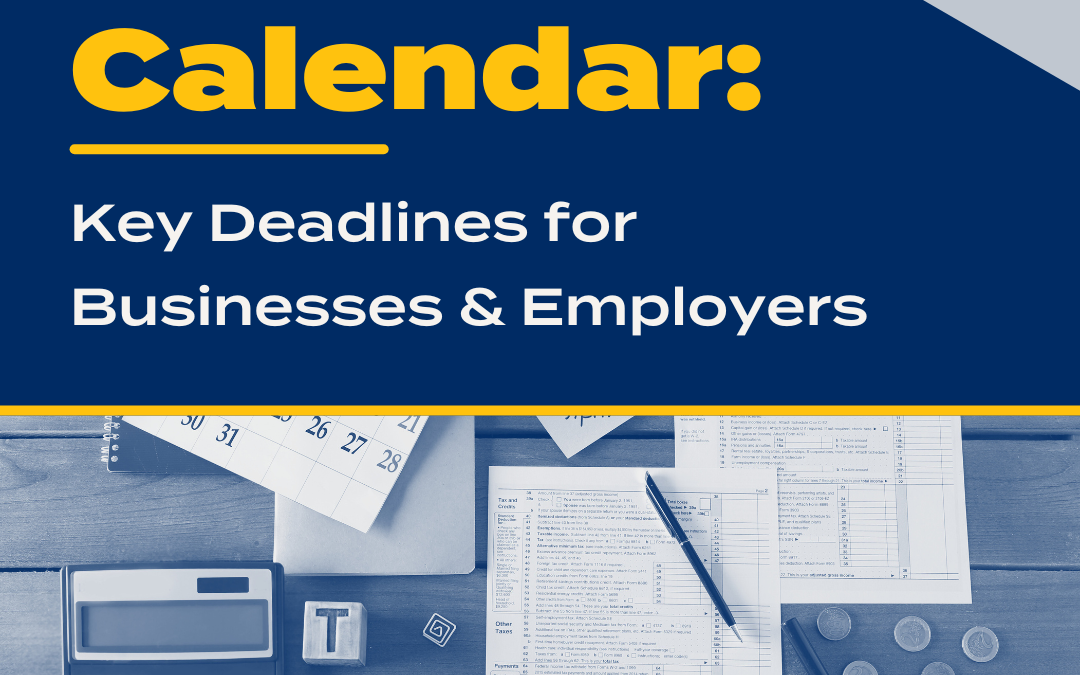The countdown is on for the implementation of the new FASB Accounting Standards Update 2016-14 (the standard). The standard will take affect for years beginning after December 15, 2017. One of the biggest changes in the standard is the reporting of expenses. Having discussions now gives management time to gather the information needed to implement these changes.
What Are the Changes?
- All nonprofits will be required to present their expenses by both their natural and functional classifications in one location. This can be done either on the statement of activities, as a separate schedule or in the notes to the financial statements.
- All nonprofits will be required to disclose the methods used to allocate costs among program and supporting functions.
What You Should Do To Prepare
- Decide where you would like to present the expenses by natural and functional classifications. Our recommendation is to have a separate statement of functional expenses.
- Develop a cost allocation plan. Organizations should carefully review their expenses to determine if they need to be allocated to more than one function, while others will be direct expenses to just one function. This may require organizations to update methods they have previously used or create a whole new methodology. Organizations should document the methods used to allocate expenses to more than one function.
What Expenses Should Be Allocated
Before you can determine what costs should be allocated, you need to understand the functional expense categories.
- Program services are activities carried out in fulfilling an organization’s mission or purpose and are the major purpose for, and output of, the organization. Program service expenses are the direct and indirect costs related to providing program services.
- Supporting services are activities other than program services. While organizations may have various kinds of supporting services, they typically relate to the following activities: management and general (M&G) activities, fundraising activities, and membership development activities.
The new standard clearly defines M&G activities to include the following:
- Oversight
- Business management
- General record keeping and payroll
- Budgeting
- Financing, including unallocated interest costs
- Soliciting funds other than contributions and membership dues (for example, the costs associated with promoting the sale of goods or services to customers, including advertising costs; administering government, foundation, and similar customer-sponsored contracts, including billing and collecting fees)
- Disseminating information to inform the public about the organization’s stewardship of contributions, making announcements about appointments, and producing the annual report
- Employee benefits management and oversight (Human Resources)
- All other management and administration except for direct conduct of program services, fund-raising activities, or membership development activities
Some common expenses that need to be allocated are salaries/wages, benefits, occupancy costs including rent, utilities, insurance, repairs and maintenance and deprecation. There are a few different methodologies you can use to allocate costs. One methodology is based on employee time which may require a time study be done. Time studies can be as elaborate as having each individual track their time daily through a time management system or hire an outside contractor to conduct a time study for each functional category. Less elaborate time studies can be as simple as picking a “representative” one week to one month in the year and having each employee track their time daily to each functional category. A “representative” period of time is one that is similar to what is done year-round. A common method for allocating expenses pertaining to space/occupancy would be to allocate based on square footage.
The key is to ensure you document the methodologies that you use and that there is some basis behind your methodologies. You should also review your cost allocation plan annually at a minimum.
If you have any questions in regards to the new expense reporting requirements, please contact your Hawkins Ash CPAs representative.





